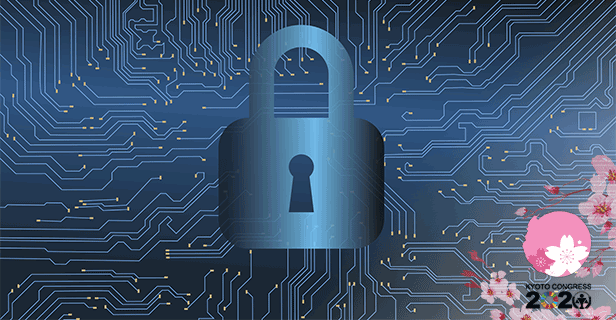
Cybercrime is one of the fastest growing crimes and new kinds of threats are emerging all the time. As more and more of us use the Internet in our daily lives, so criminals are taking advantage of our interconnectivity and reliance on the web to communicate. With an estimated 4.1 billion Internet users worldwide according to the International Telecommunication Union (ITU), the threats to Internet safety are growing exponentially. Criminals can remain anonymous and gain access to huge amounts of personal data stored online, so the opportunities for crime in cyberspace are enormous: it is easier than ever to carry out and more difficult to detect.
While there is no internationally agreed definition of cybercrime, there are two distinct areas and one specific crime type of online child sexual exploitation and abuse. Cyber-enabled crime is when traditional forms of crime are committed online, for example fraud through phishing attempts, online purchase of illicit drugs and money laundering. The other area is cyber-dependent crime where a computer is needed to commit the crime, for example ransomware attacks, malware and hacking attacks on critical national infrastructure.
Ransomware attacks are when criminals encrypt files, servers and so on and then demand a large sum of money in the form of a ransom for their return.
Cybercrime takes place in the borderless realm of cyberspace but it is not always transnational organized crime as it could be a single individual rather a group and not necessarily operating across borders. Data, however, flows across borders and much cybercrime is linked to organized groups so an international, dynamic, coordinated response is vital to effectively tackle and prevent this kind of crime.
Even if you do not have Internet access yourself, you can still be harmed by cybercrime. For example, if your national government's capacity to provide services is affected by cyberattacks, this could impact on citizens regardless of whether they use the Internet themselves.
Cybercrime affects everyone and impacts on us all. Children and young people face certain risks such online child sexual exploitation and abuse, while older people can be caught up too for example, being defrauded through dating and romance scams. There is a growing area of self-generated explicit material which particularly affects young teens who can become inadvertently criminalized by posting explicit photos of themselves. We need to empower young people to stay safe online and make good judgements to protect themselves.
Certain groups or sections of society are particularly adversely affected by cybercrime. Online child sexual exploitation and abuse is one area that is growing. INTERPOL's child sexual exploitation database holds more than 1.5 million images and videos and has helped identify 20,700 victims and 9,400 offenders worldwide. A joint study by INTERPOL and ECPAT International found that 65 per cent of unidentified victims were girls, but the severe abuse images were more likely to feature boys.
All Internet users can face online identity theft. This can happen through phishing where someone is deceived into giving their personal information out, malware where a person unintentionally installs software on their device that collects personal information and hacking where your computer or mobile phone is illegally accessed remotely by hackers. Criminals tend to use these methods to steal credit card information and money.
Businesses can be hit with ransomware attacks which can stop a company working and can be expensive if they pay the ransom.
The Sustainable Development Goals are the UN's blueprint for bringing countries together for fair globalization, for development that is simultaneously sustainable and inclusive.
Cybercrime could be an obstacle to achieving many of the SDGs from reducing poverty to peace, justice and strong institutions. No specific Goal addresses cybercrime but some of the targets under Goal 16 which relate to violence and other forms of crime could be impeded by cybercrime. Cybercrime also impacts on certain criminal activities such as the recruitment of victims of human trafficking victims or sexual exploitation of women which is a form of violence against women which can be facilitated by information and communications technology.
The Global Programme on Cybercrime assists Member States to tackle cyber-related crimes through capacity building and technical assistance. The programme has:
The Global Programme is funded with support from Australia, Canada, France, Germany, Japan, Norway, Qatar and the United States.
UNODC's Education for Justice (E4J) initiative has developed a University Module Series on Cybercrime which is for use by students and law enforcement training centres. This was a collaborative partnership with leading experts and academics from more than 25 countries in six different continents, including from INTERPOL and the UN Office of the High Commissioner for Human Rights.
Digital citizens can take steps to keep themselves secure online and develop good cyber hygiene. For example, back up your data in the cloud and/or on a hard drive; think before you click on suspicious links or attachments in emails; know where you can get help with cybercrime in your country if you need to.
There are many sources of information and guidance for parents about keeping children safe online and for young people to empower them to make good decisions online.
The Education4Justice initiative of the Doha programme has tools and materials available for primary and secondary schools which can be useful in helping children and young people learn how to stay safe online.